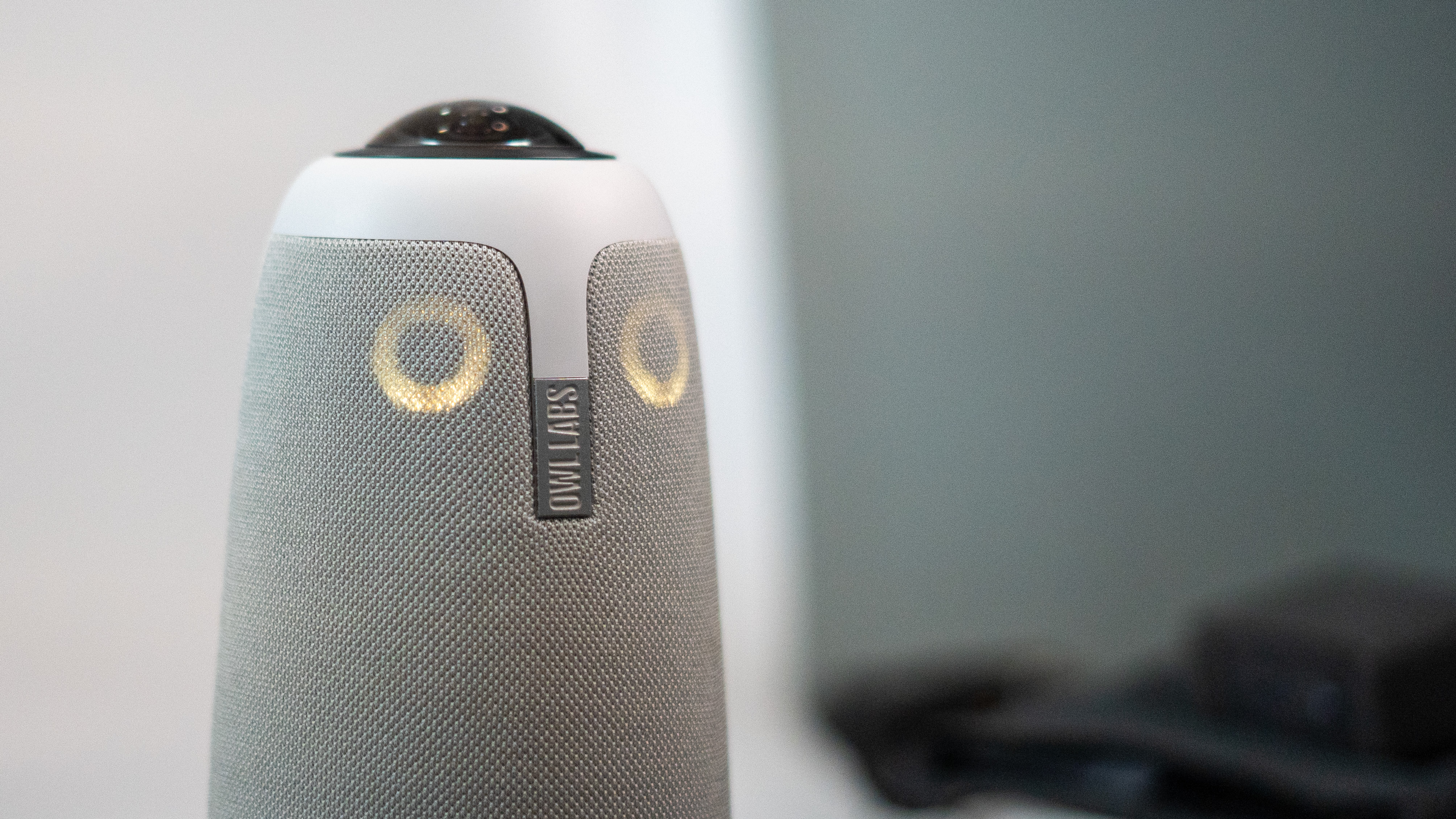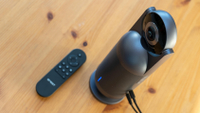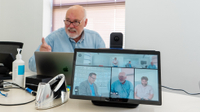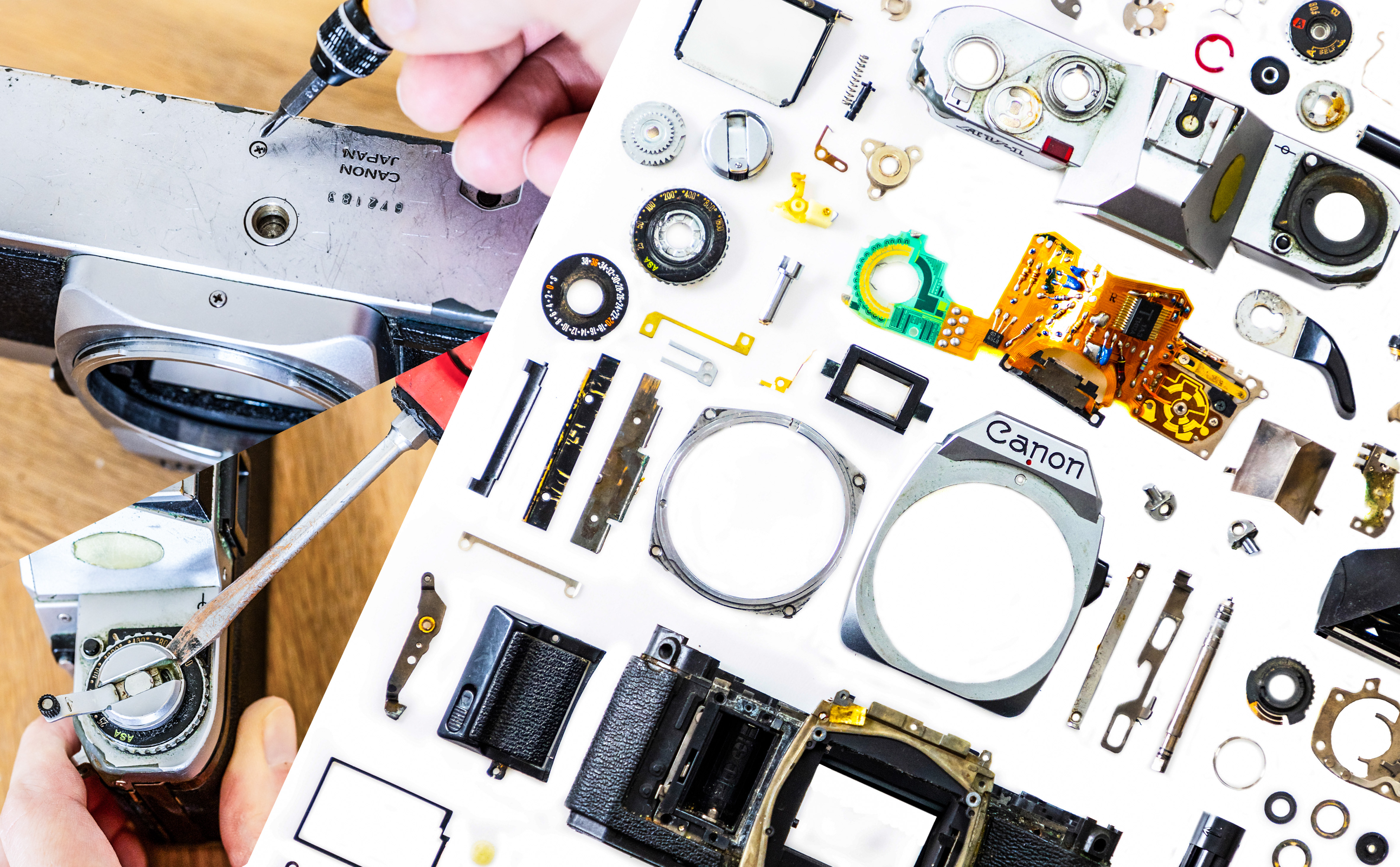Digital Camera World Verdict
By late 2024 the Meeting Owl 3 might not have the latest specs, but it is still very good at what it does, and part of a more sophisticated ecosystem than many of its stand-alone competitors). The iconic design is hard to beat, elegant with enough charm that won't distract
Pros
- +
Gorgeous styling
- +
Excellent speak quality
- +
Video softening for non-active areas
Cons
- -
No HDMI port
- -
Only 1080P output
Why you can trust Digital Camera World
I've tried a lot of the best conference room webcams in this genre, and I've long suspected that, deep down, the Meeting Owl is the product they aspire to be. It simply exudes personality in a way that others don't.
I'm not saying that a pair of blinking eyes and the subtle appearance of an owl's nose – not to mention the "twit-twoo" startup noise – are all that this device has going for it. It's just a nice part of the aesthetic; just enough product design (in, let's face it, a product you don't want to stand out too much) to make it brilliant.
Beyond that we've got a single-lens 360-degree camera that sees the world from a fish-eye lens in the top of the speaker/microphone housing and a base which elegantly hides the connections (USB-C and power).
It can be used in a meeting room with a full-size monitor or with a laptop as a webcam. There is also an app to set it up. That makes it reasonably portable but equally something you could leave in a mid-sized conference room connected to a TV.
The Owl Labs system is also sophisticated enough to add extended microphones, and to include its own systems – like a whiteboard feature, although this requires a subscription.
Pricing
The Owl Labs Meeting Owl 3 is priced at $839 / £839, though was slightly higher at launch.
Specs
| Output resolution | 1080P |
| Camera field of view | 360-degree |
| Maximum distance from camera | 3m / 10 feet (video)5.5m (audio pickup) |
| Speakers | 3-speaker system / |
| Power | External power brick, included |
| Connectivity | USB-C (2m included) |
| Compatibility | All web-based + Zoom, Microsoft Teams, Skype for Business, Slack, Webex |
| CPU | Qualcomm® Snapdragon™ 605 processor |
| Height | 272mm / 10.7 inches |
| Weight | 1.2Kg / 2.6 pounds |
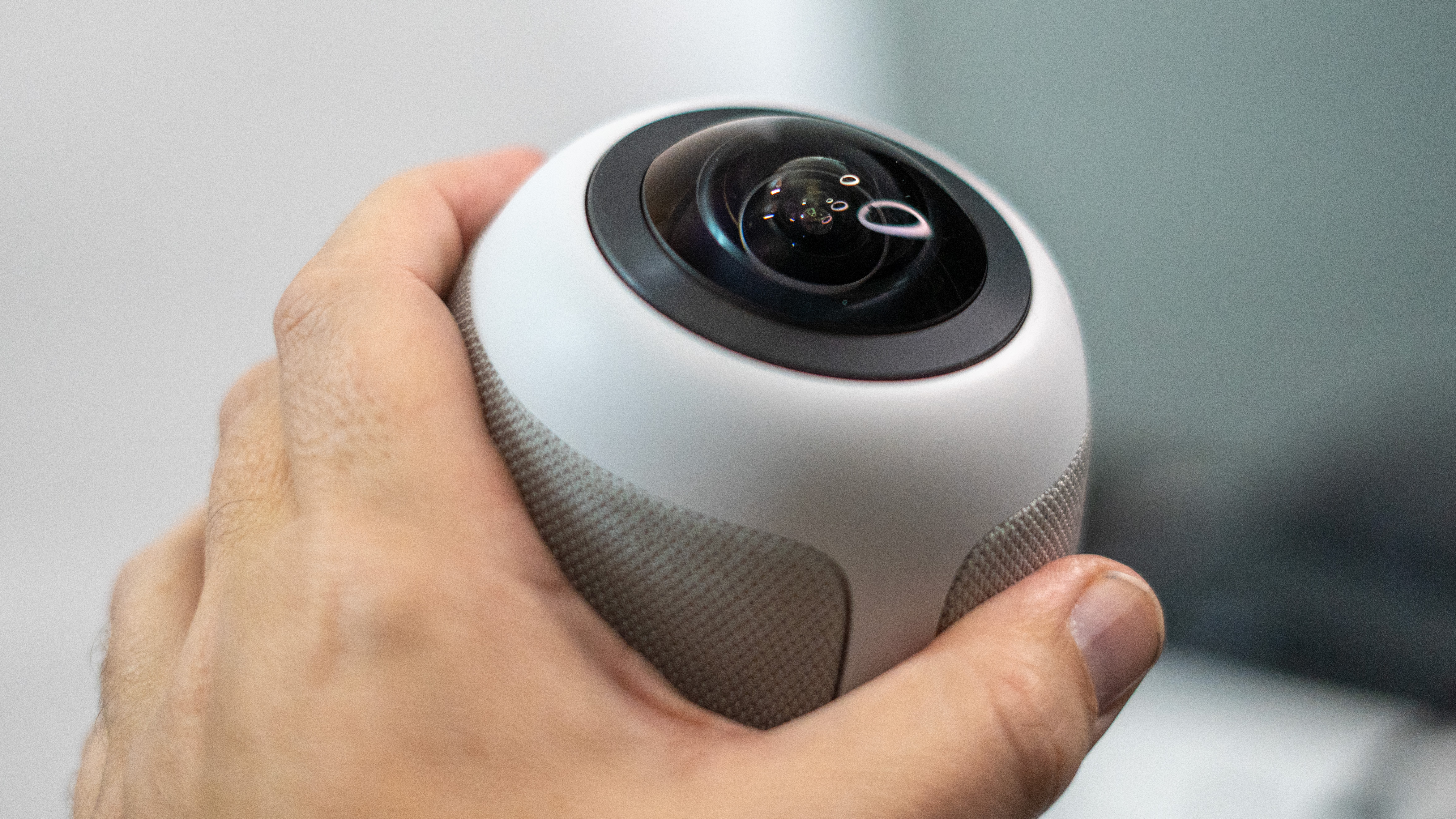
Build and handling
The Meeting Owl is not a small thing, which is good. It's tall enough that the side of the lens looks meeting participants, roughly, in the eyes when it is placed on the table. It also weighs enough, and sits on a rubber base, so that, should you knock the table, it won't topple and fall over.
If you want you can mount it on a tripod mount, or use the screw thread using another means of keeping it more reliably attached to the table, but the beauty of the device – for someone like me – is the ability to move it from huddle meeting to huddle meeting by simply carrying it. It weights about the same as a powerful laptop and can simply plug into one. That's pretty handy if you're likely to need a conference camera on the go.
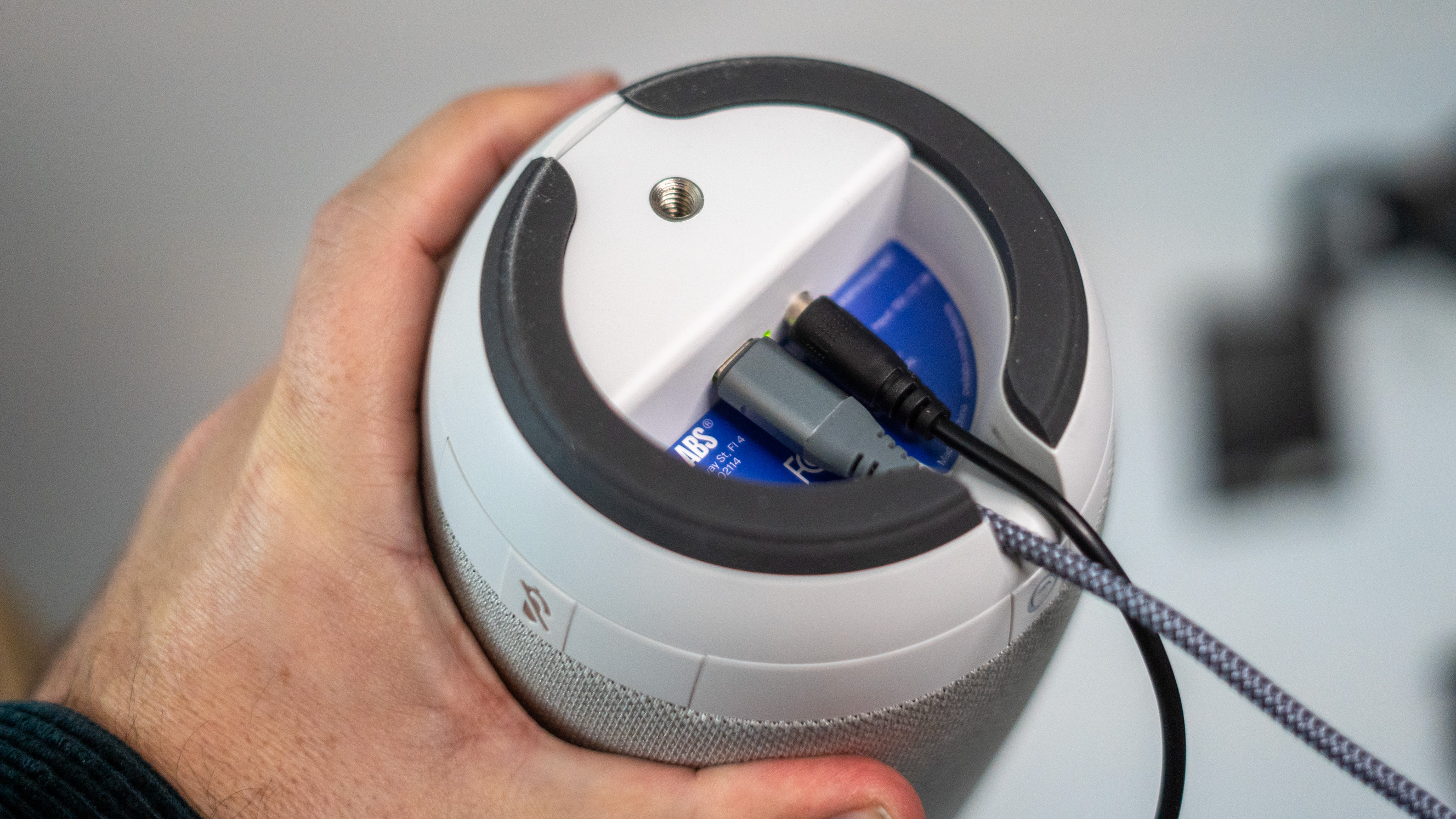
Connectivity comes in the form of a USB-C port and the power adapter – a typical power brick. The later does, sadly, slightly diminish the product's elegance and portability. It'd be nicer if it was able to draw its power from the USB-C socket but you cannot.

The genius of the Meeting Owl is principally in the AI which it uses to keep active speakers in the room in the centre of the video feed it puts out, while also sharing an image that gives your remote participants a flavor of the whole meeting room.
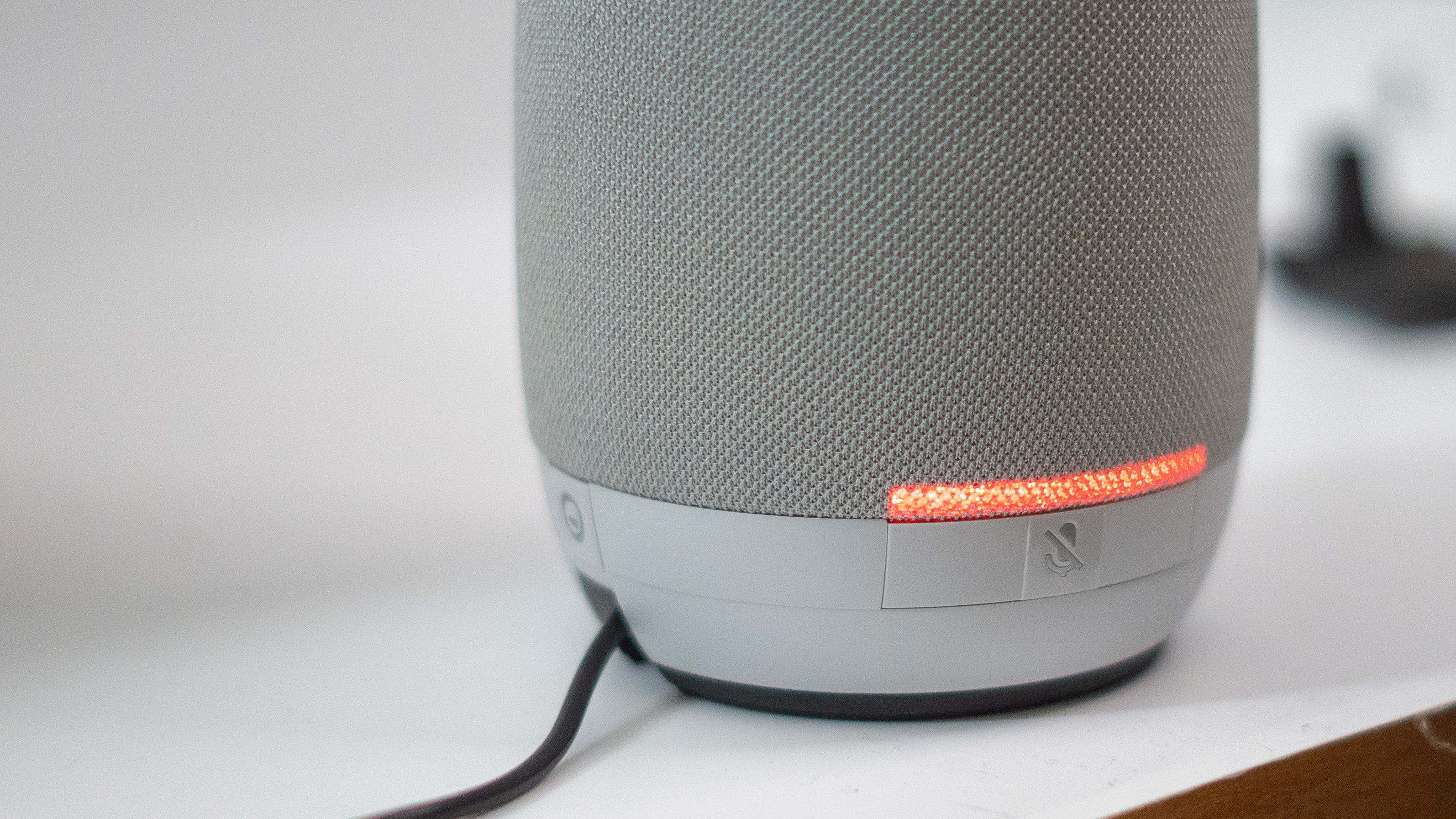
Sometimes when designers get over-excited they forget the practicalities of use, but the Meeting Owl 3 is not like that. Hands are guided away from the vulnerable lens because the buttons, like mute, are large and, crucially, at the base where pressing them will not affect the center of balance. Also, since it is likely to be resting on the table but at arm's length, this is where you'd want them to be from a practical perspective. Bravo, Owl.
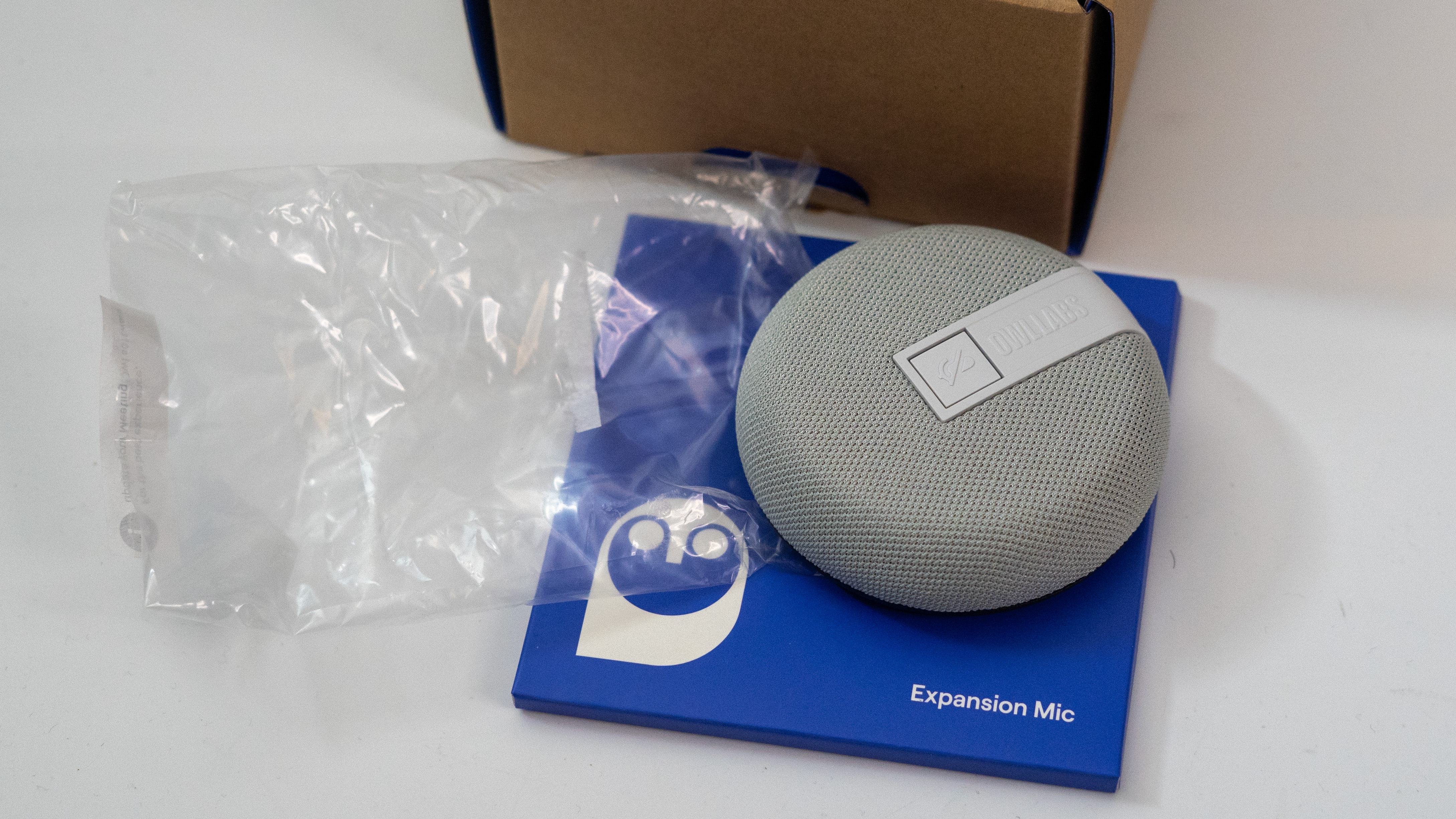
The fact it 'just worked' as a webcam on my MacBook Pro was impressive, but you can also plug in and Windows drivers will download – and there is an phone app for setup.
Performance
This isn't a unique concept, though to be fair it was when Owl first launched in 2018. Owl Labs still does it a little differently from others, though – and they've kept to the iconic design.
The main test I do with the camera – because I've found it most challenging for devices like it – is what I call the 'grandparent test'. Normally you'd probably have the camera in the middle of a meeting room table, where most participants might be reasonably sedate; though one might be giving a presentation.
What, though, if one of the participants was a very enthusiastic child, while the remote participants are grandparents keen to keep up on events? That – it turns out – is a very good way to see how well the AI can keep up.
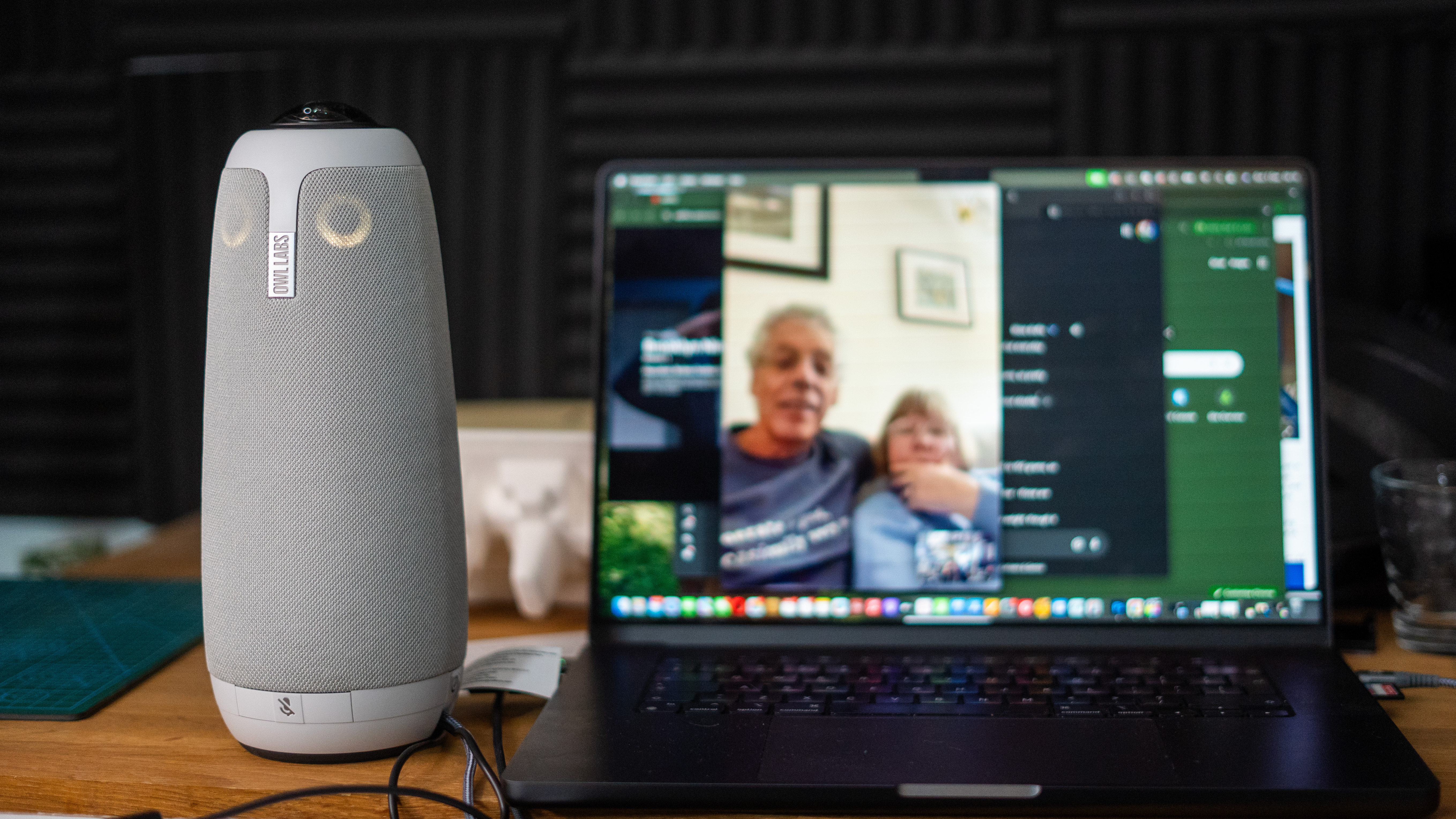
Inevitably the AI didn't cope with an 8-year-old on foot much better than similar conference cameras, but it did mange better than many, and according to the other participants the sound was excellent. Once he settled, he was also kept in shot well and the camera was quick to divide frames as appropriate – lag is less than some AIs.
Moreover the video sent out is markedly better than similar products for another reason – the automatic blurring of 'non-active' areas of the meeting. The camera also did a decent job in rooms with low light – not always the case in devices which have to process images.
Overall verdict
You might think the design is a novelty, but it counts for a lot. The design strikes a near perfect balance between professional and friendly which isn't always the case in this sector. I've also tested back-to-back 360-degree cameras which inevitably have more of an 'eye of Sauron' feel, while people seemed to feel instinctively more comfortable with this, whether in the home or the meeting room.
The output video – with a thin wide panorama and a frequently refreshed feed focusing on the active speaker, and most recent others – is good, and everyone commented positively on the fact it defaulted to slightly blurring non-active participants. You can enable or disable the smooth animations as you choose with a button on the device, which is nice if you have an impatient boss!
It might be nice to have the option of 4K, but 1080P is fine for most circumstances (and this product is a massive step up from 720P predecessors).
In short, then, the Owl 3 impresses the people in the room, and the output (especially the first time) is striking for remote participants too. It's easy to see why Owl has gained imitators, but it still impresses!
| Features | Other than 4K, this is a powerful device, with the option of an additional microphone to boot. | ★★★★☆ |
| Design | I'm tempted to knock off a star because it draws its power from an old-school brick, but otherwise it's beyond perfect. | ★★★★★ |
| Performance | The speakers, camera, and processing are all very well handled for a device in this category. | ★★★★★ |
| Value | OK, this is a generous four stars, but the Owl 3 seems to be available for slightly less than its launch price while the quality remains the same (slightly better, in fact, since it does get firmware updates). | ★★★★☆ |
Alternatives
The Emeet Meeting Capsule is a cheaper way to get similar tech – plus there is a remote control. The back-to-back cameras are just as technically proficient when it comes to providing the image, but some (especially those who cowered in fear from the enemy in Lord of the Rings) may find the design a little more intimidating, and there isn't the extensive software or charm of the Owl.
The Kandao Meeting Ultra 4K is what happens when you go 'all in' on portable meeting tech – adding screens to the 360-degree camera. Impressive stuff, though not cheap!
How I tested...
As with most practical technologies, the best way to test them is to try them. With conference room and meeting cameras like this, I am to test them in both a meeting room environment and, as I mentioned, what I like to call "the grandparent test" which pits the AI against a moving child in difficult lighting!

With over 20 years of expertise as a tech journalist, Adam brings a wealth of knowledge across a vast number of product categories, including timelapse cameras, home security cameras, NVR cameras, photography books, webcams, 3D printers and 3D scanners, borescopes, radar detectors… and, above all, drones.
Adam is our resident expert on all aspects of camera drones and drone photography, from buying guides on the best choices for aerial photographers of all ability levels to the latest rules and regulations on piloting drones.
He is the author of a number of books including The Complete Guide to Drones, The Smart Smart Home Handbook, 101 Tips for DSLR Video and The Drone Pilot's Handbook.
